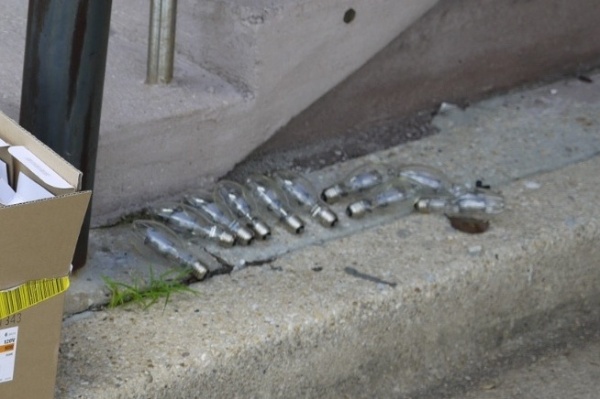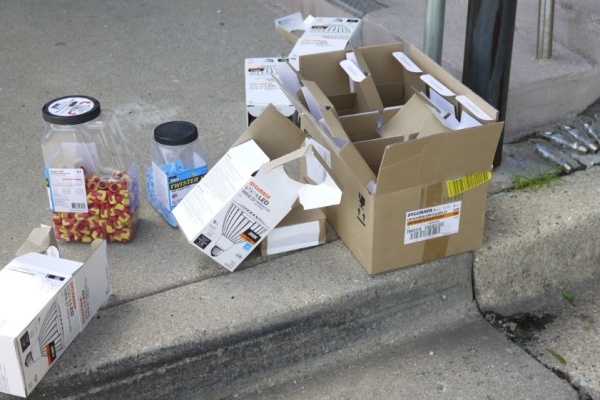I’ve written a lot about canceling an EV’s electric usage, via (surprisingly few) “nega-watts”: electricity saved elsewhere. I’ve mentioned lighting so far. LED lamps use under a quarter of incandescents’ power- more like a fifth or sixth, meaning they even save over fluorescents. I also mentioned these nega-watts then cut air conditioning too, since wasted bulb energy turns into heat.
Well, let’s go ahead and stake that vampire good, shall we? One cannot discuss power savings, and the grid in general, without tackling the A/C question. What shall we do with the one biggest load in the house, and most businesses too? Grid load is driven by the hottest days’ A/C load, by definition. Utilities plan on the max expected A/C usage, then upgrade their network to match. Anyone with the grid in mind must plan on hot summer afternoons, too.
 I know what I’ll do about A/C: the rest of my plan. The last time I needed roof work, I got the lightest shade the company had. I’ve bought new windows and more insulation, to put in my attic and walls; I’m about to buy even more. My utility has their own initiatives: subsidies for efficiency, and for A/C budgeting. In the future, I may nail that coffin once and for all. I’m looking into a ground heat pump, drastically more efficient than plain ol’ air conditioners. Continue reading
I know what I’ll do about A/C: the rest of my plan. The last time I needed roof work, I got the lightest shade the company had. I’ve bought new windows and more insulation, to put in my attic and walls; I’m about to buy even more. My utility has their own initiatives: subsidies for efficiency, and for A/C budgeting. In the future, I may nail that coffin once and for all. I’m looking into a ground heat pump, drastically more efficient than plain ol’ air conditioners. Continue reading


 just under that mental barrier. $10 now got me 32
just under that mental barrier. $10 now got me 32
You must be logged in to post a comment.